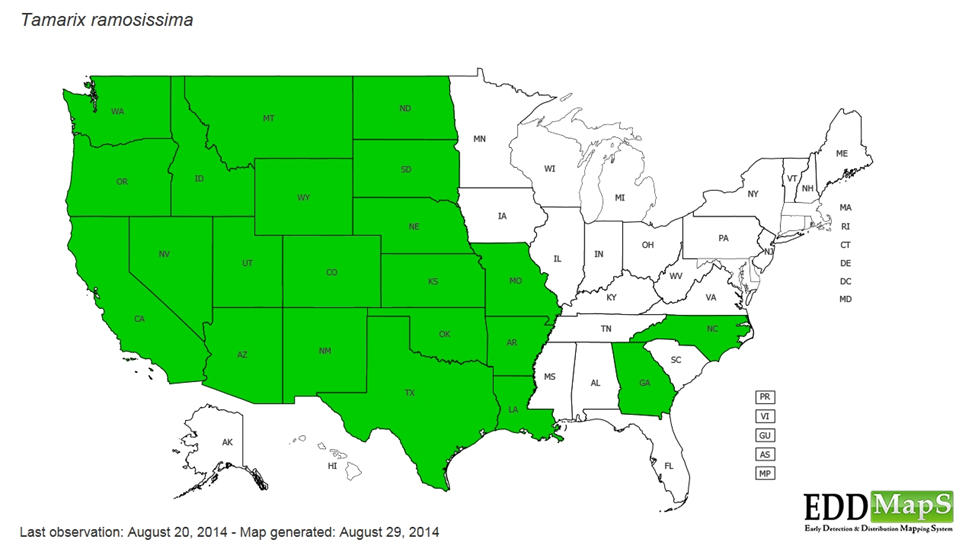Another Good Idea with Not-So-Good Results
Posted on 01.04.22 by Harney SWCD
Salt Cedar, or Tamarix Ramosissima Ledeb, was initially used to stabilize stream banks. Good idea, right? The not-so-good result is that using the plant was successful enough it spread.
Salt Cedar is a long-lived tree of the Tamaricaceae family. It can grow up to 24 feet tall and has beautiful pink flowers with scaled stems (see photos). Thanks to its deep taproot, it can consume large amounts of water, similar to junipers.
The tree can be found in southern Oregon and Idaho. It is fond of floodplains, riverbanks, stream courses, salt flats, marshes, and irrigation ditches in arid regions of the Southwest. In Harney County we have begun to see it in and around the Malheur National Wildlife Refuge
Biological control (using living organisms) is best to suppress salt cedar. Four species of leaf beetles that feed only on species of salt cedars have been imported and released in the U.S. Other methods can include mechanical control, fire, and chemical.



